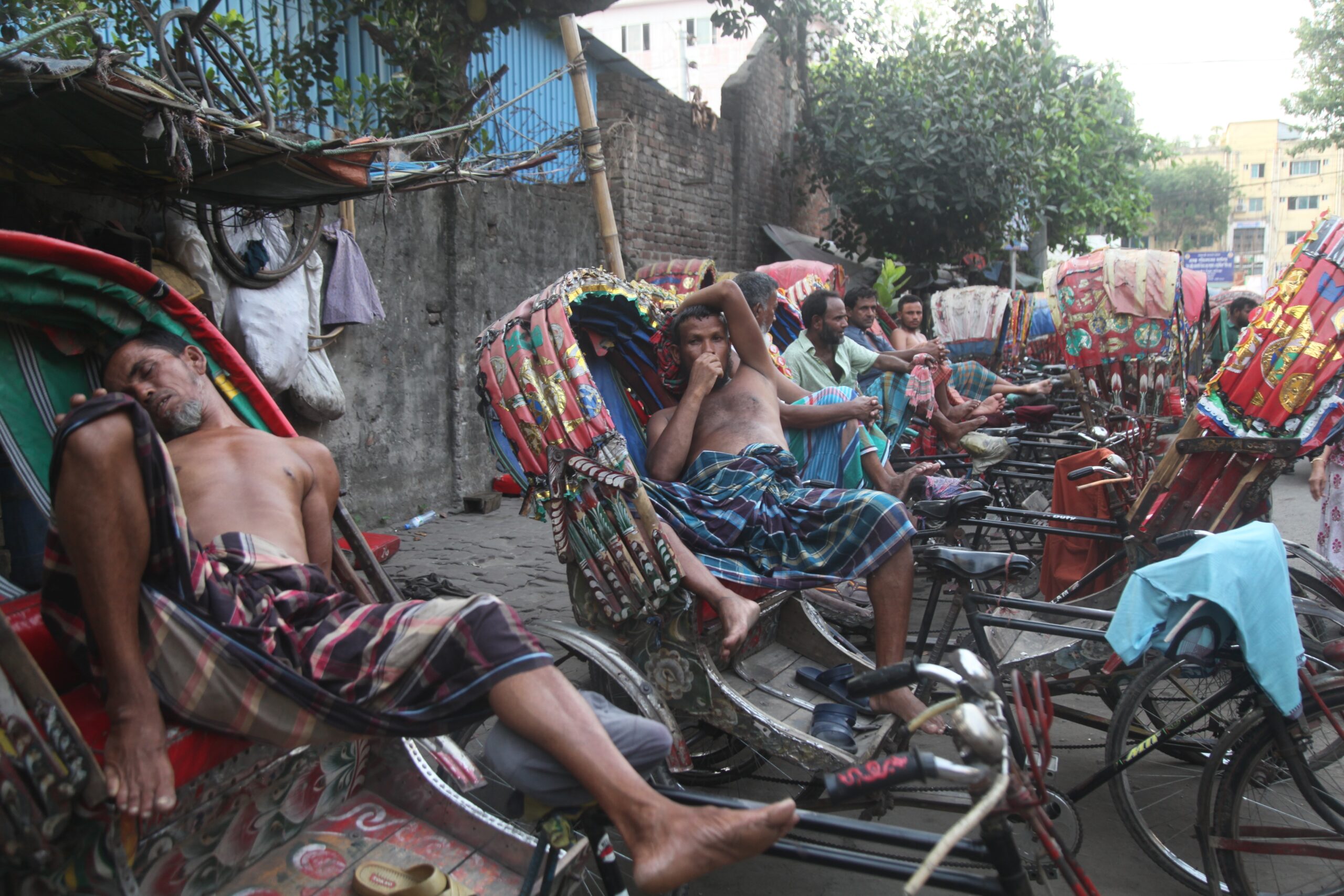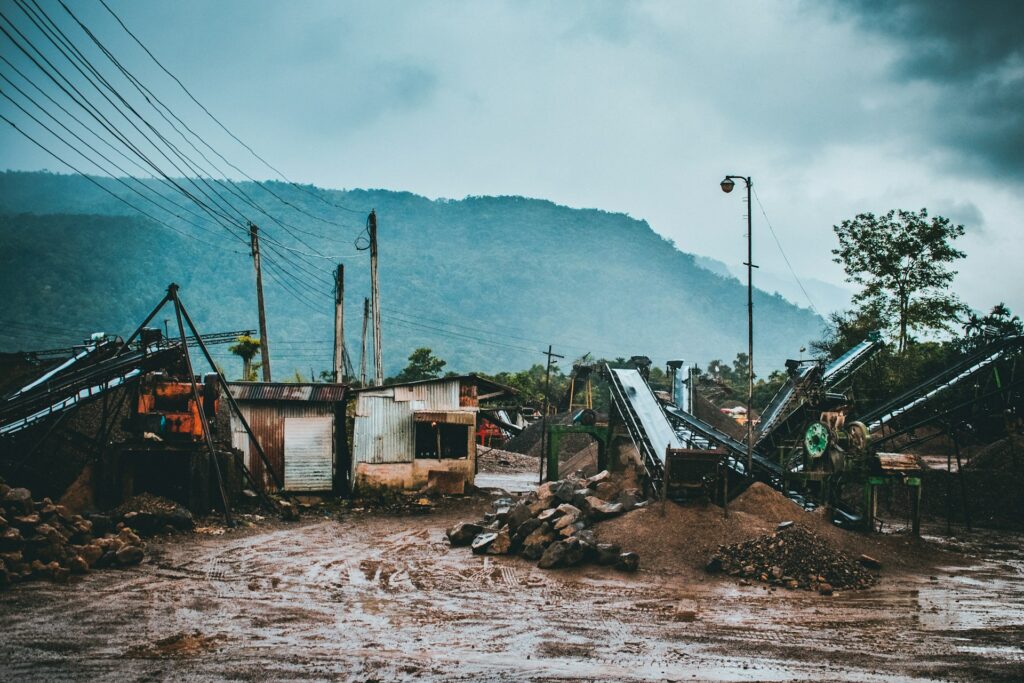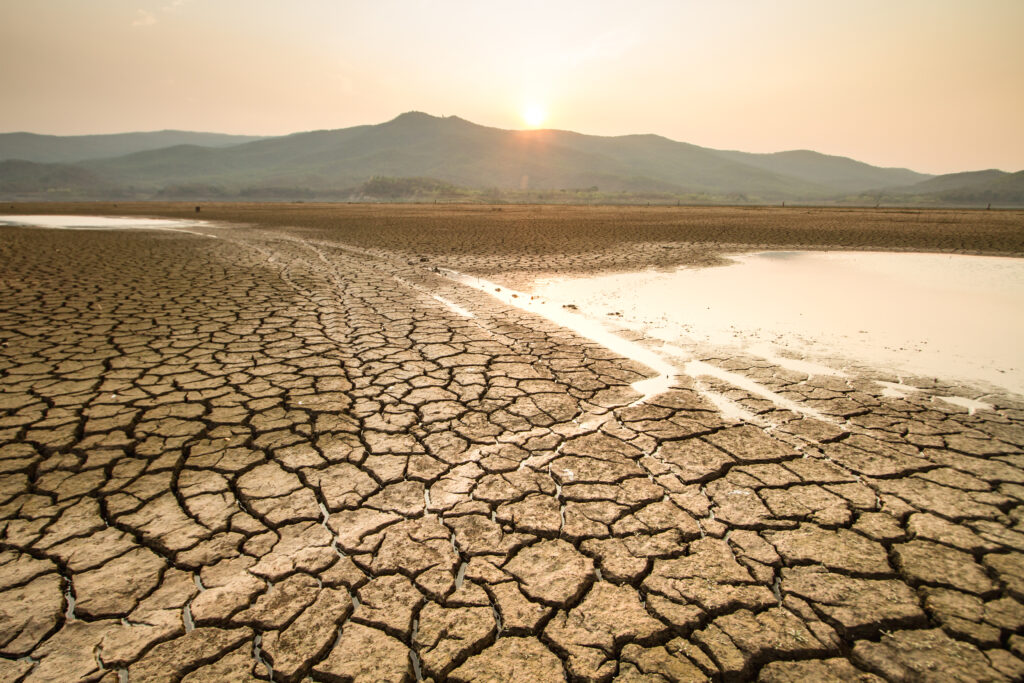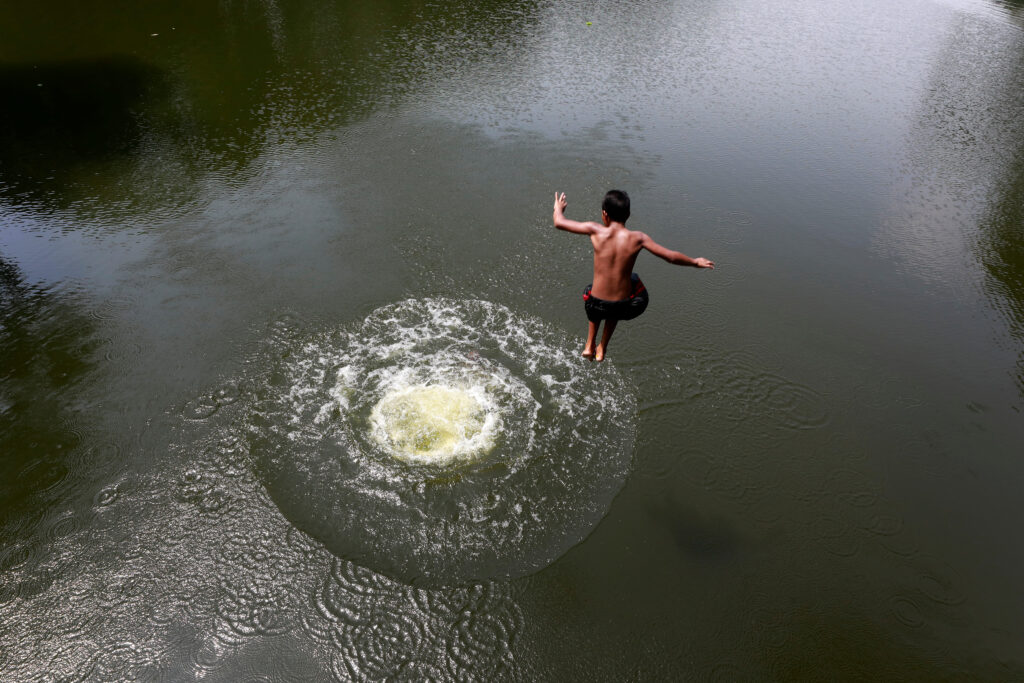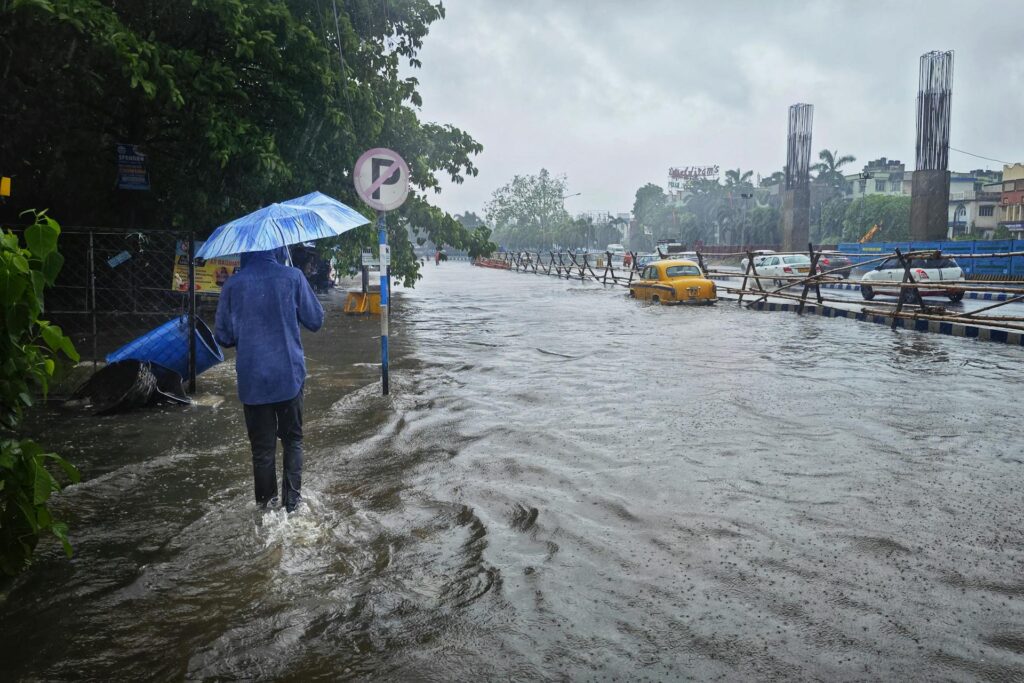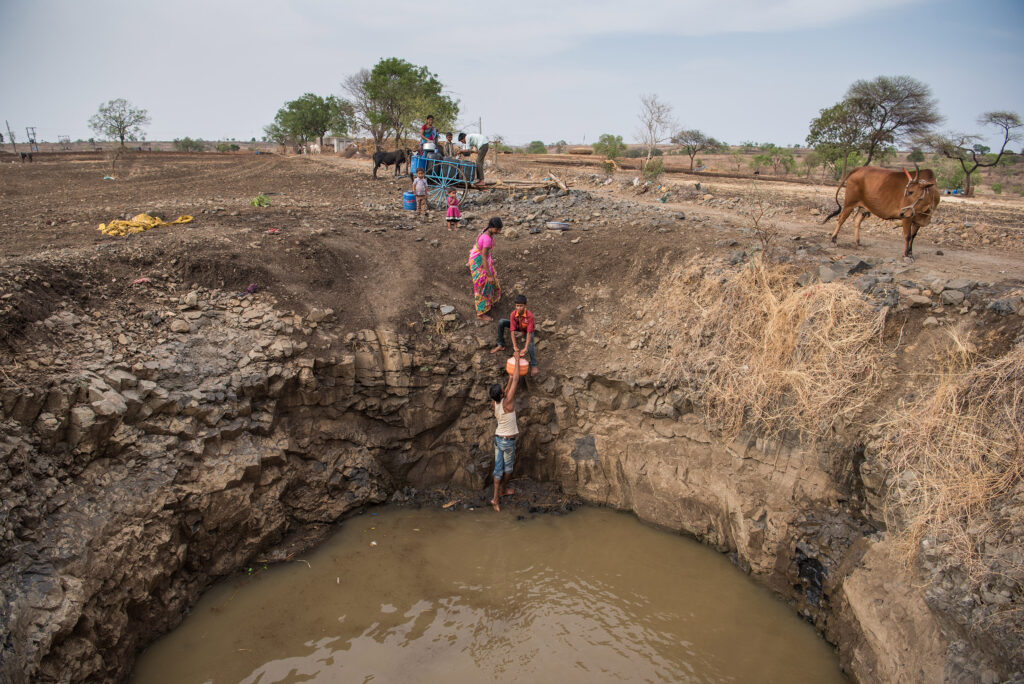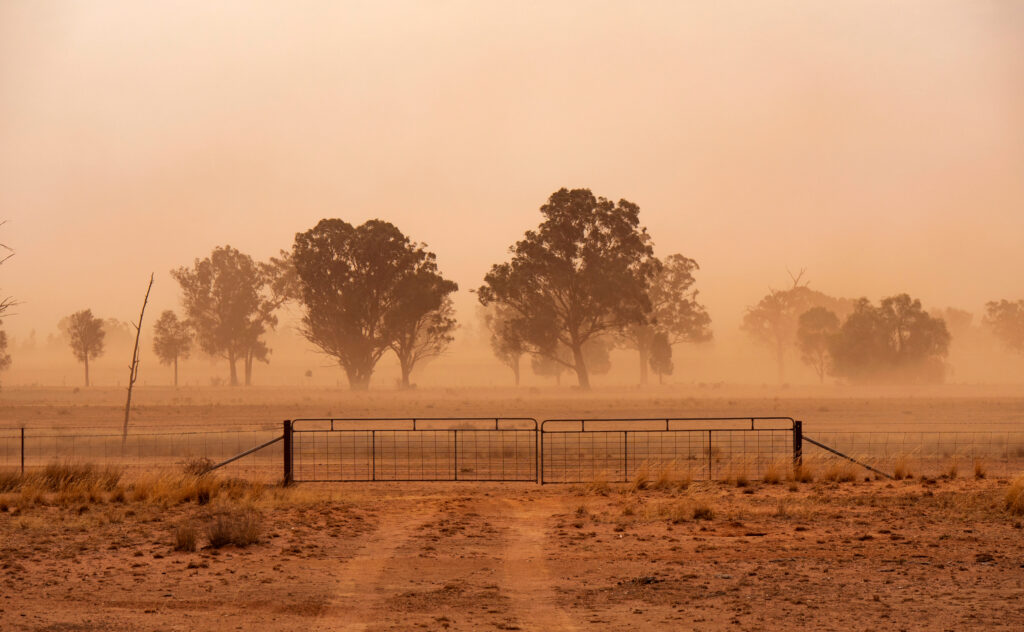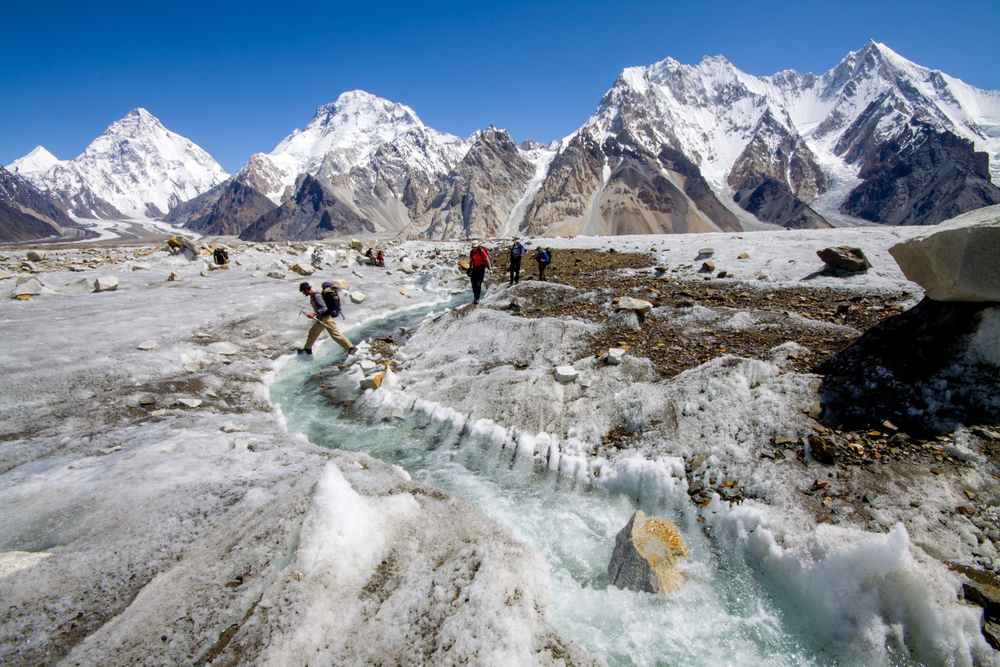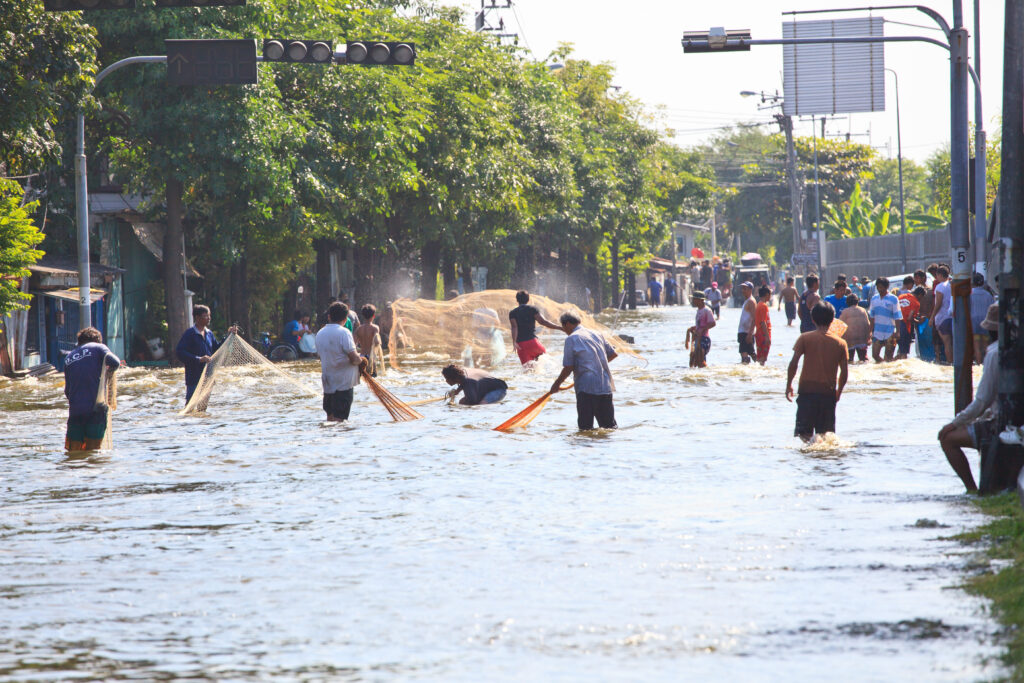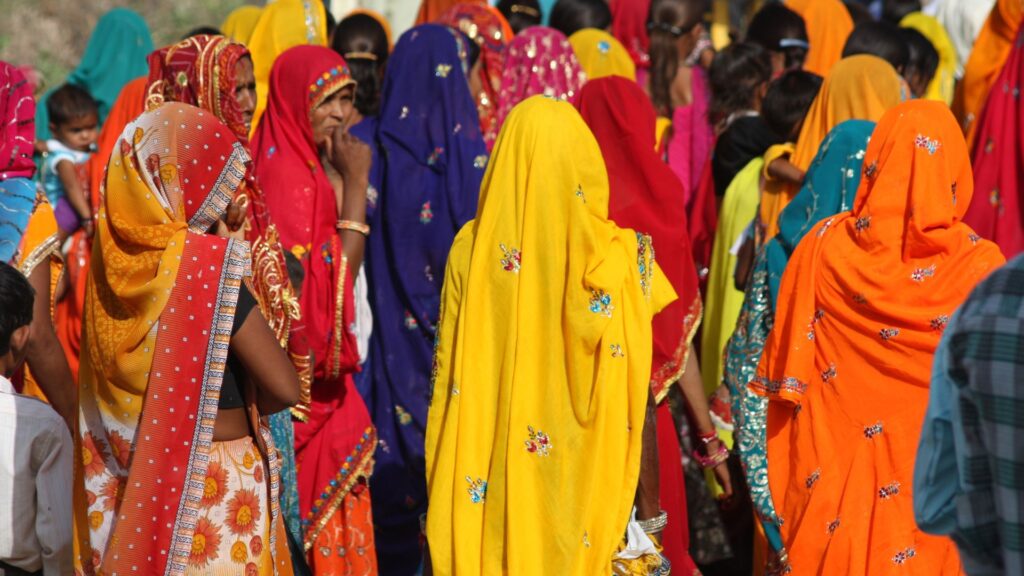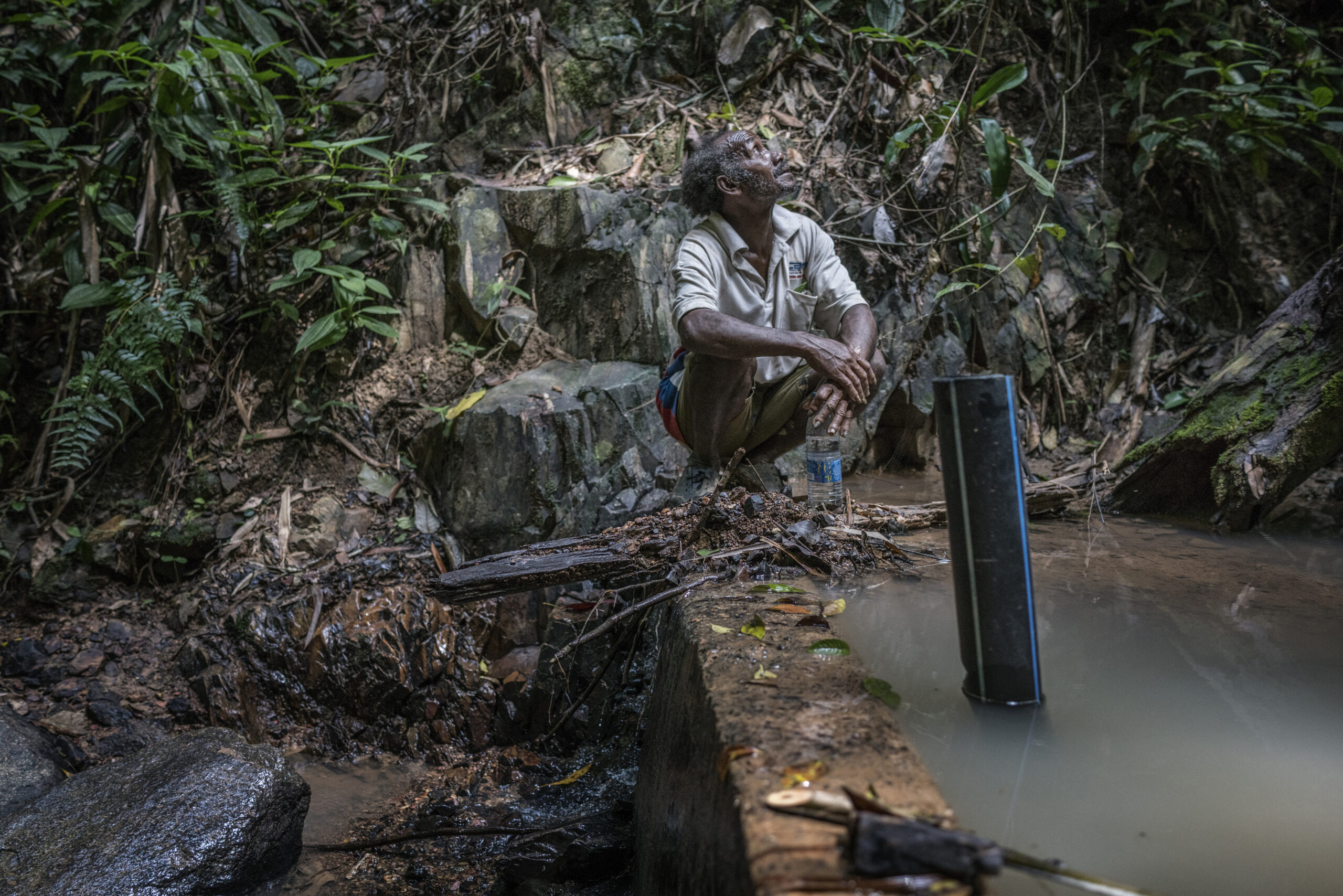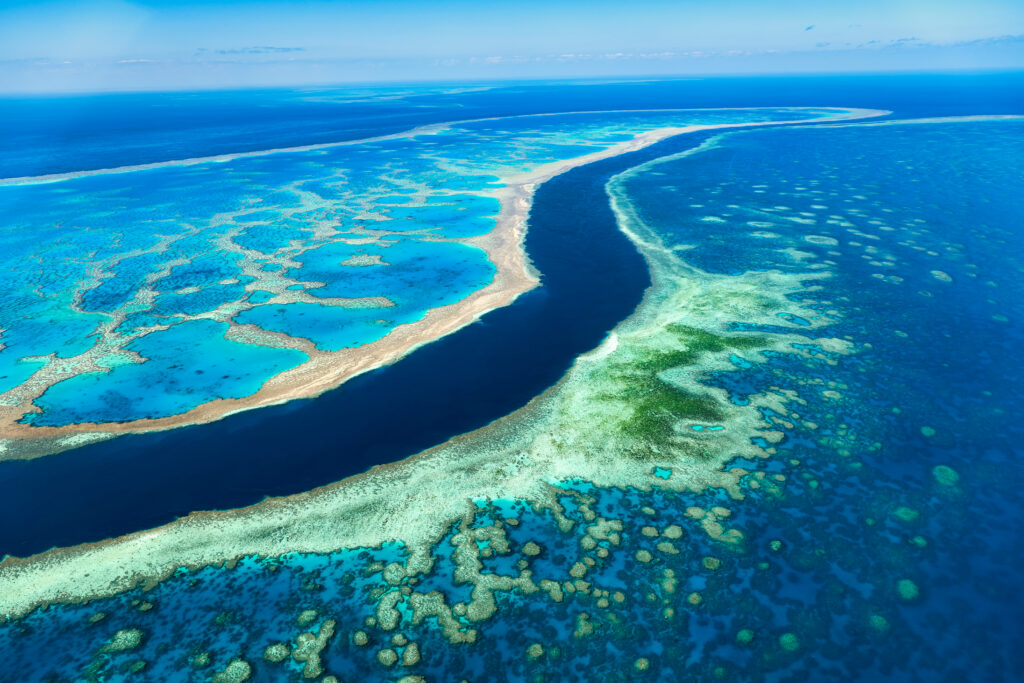While the arrival of the hotter temperatures in India, Pakistan and Bangladesh have long been synonymous with prolonged and deadly heatwaves, in 2025, extreme heat arrived earlier. Forecasts reveal that the upcoming months are likely to see temperatures soar, continuing, if not intensifying, the trend of past years.
This presents South Asian countries with significant challenges, especially considering the lack of, or insufficient, heat action plans and the inability of millions to afford proper cooling. To avoid the scenario from past years where heatwaves took hundreds of lives and shut down businesses and schools in many districts, authorities must be proactive and help the most vulnerable cope with the scorching heat.
The Beginning of the 2025 Heatwave and Its Impact on India, Pakistan and Bangladesh
Heatwave in India
India is the country most affected by heatwaves in South Asia so far this year. The heatwave arrived way earlier than expected, in February, marking the first time this has happened during India’s winter season. The Indian Meteorological Department (IMD) confirmed that February 2025 was the hottest February in 125 years.
Moreover, 22 states and union territories reported night temperatures of 3-5°C above normal at least once. In fact, a study released last year revealed that the number of warm nights in Indian cities increased by 32% in the previous decade due to climate change.
According to scientists, long-term exposure to extreme temperatures during the day can worsen heat stress and increase death rates and heat related illnesses across vulnerable groups. However, if nighttime temperatures are also high, human bodies can’t cool adequately, further exacerbating these risks. Days with extreme heat, followed by unusually warm nights, also disrupt sleep cycles and normal physiology. As a result, scientists estimate that by 2100, the risk of death from excessively hot nights will increase nearly sixfold.
In March, some regions in India breached the 40°C daily temperature mark. The India Meteorological Department (IMD) reported that the 40.5°C temperature recorded in New Delhi was 6.3° above normal for this time of the year, raising concerns of an early summer with extreme temperatures.
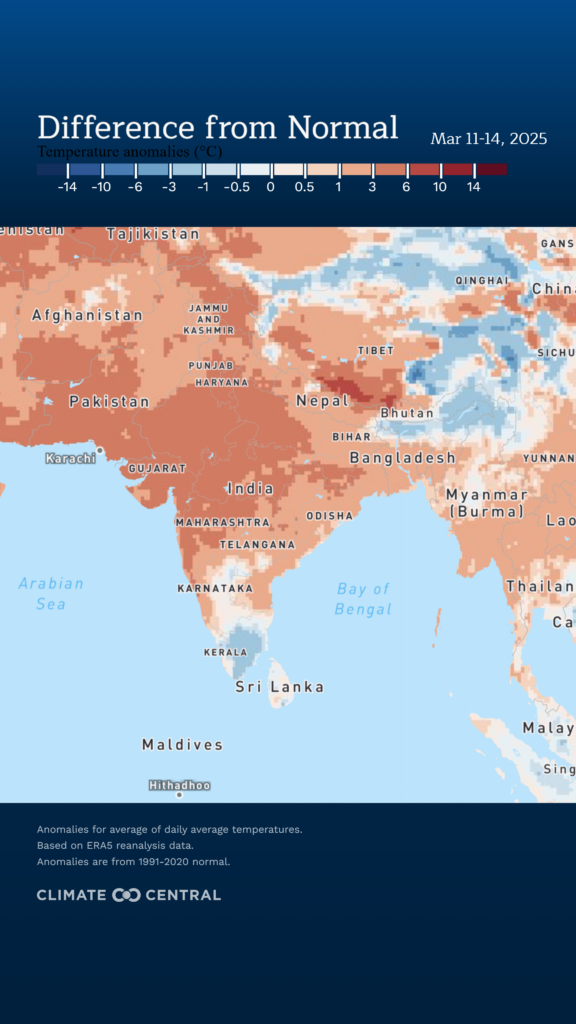
The forecasts for some regions of India in the upcoming months look grim. The IMD warned that Northwest India could experience double the heatwave days — from the typical five to six days on average per season to 10-12 in 2025.
According to some experts, the only places on the planet comparable in temperature to North India in May are the Sahara and parts of the inland Arabian Peninsula. Unlike them, however, India is very densely populated, which increases the health risks and the potential stress on the medical system.
The IMD;s seasonal heat outlook (March-May 2025) report projects that most of India will see above-normal maximum and minimum temperatures. However, the IMD hasn’t clarified if it expects this summer to surpass the past year’s record-breaking temperatures, when the country recorded an alarming 554 heatwave days.
Pakistan and Bangladesh
While Pakistan isn’t yet suffering from an extreme heatwave, some regions are grappling with increased heat. In mid-March, Karachi saw temperatures reach 40°C.
Worryingly, at the end of March, Pakistan’s chief meteorologist Muhammad Afzal warned that the country is facing an unusual weather pattern, leading to severe drought conditions. The reason was the 42% lower winter rainfall on average across the entire territory. As a result, the expert warned of dams and water reservoirs reaching critical levels, raising concerns of a water crisis.
The problem is likely to be exacerbated by the expected temperature increase in the upcoming months, which, according to Afzal, is likely to reach 3-5°C above normal levels. The expert warned that this could elevate the risk of heatwaves in the southern half of the country, as well as accelerate the melting of glaciers and trigger glacial lake outbursts and flash floods in the northern parts.
At the start of March, authorities in Bangladesh noted they expected one or two mild heatwaves (36-38°C) and one moderate (38-40°C). At the time of writing, they haven’t issued forecasts about the upcoming months, which are usually hotter.
Scientists Warn Heatwaves Will Become Embedded in the Summers of India, Pakistan and Bangladesh, Only Harsher
The Climate Shift Index by Climate Central reveals that the elevated temperatures tormenting South Asia in March have been made up to five times more likely due to climate change.
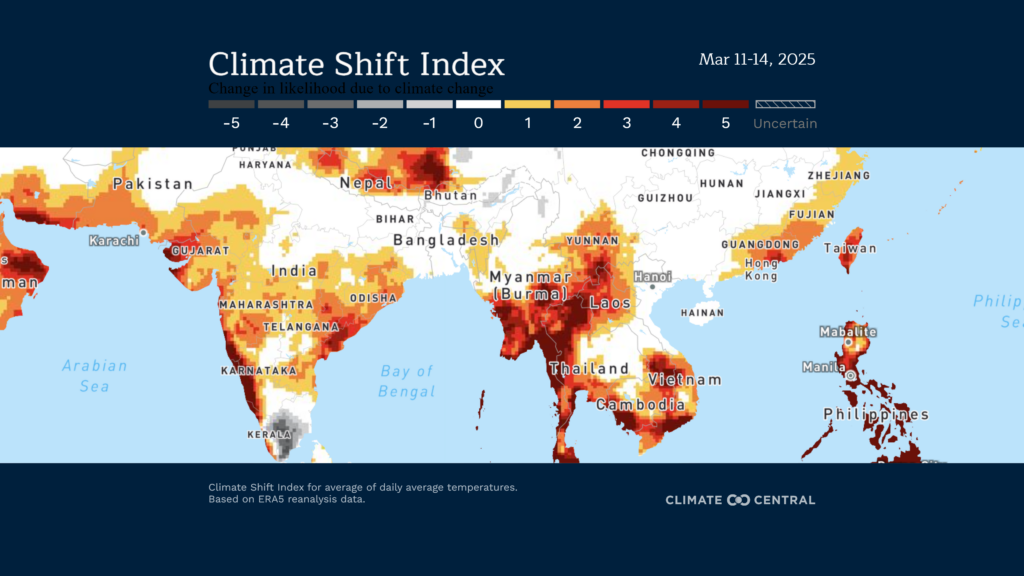
According to the World Bank, the situation will worsen. Pakistan faces warming rates considerably above the global average with a potential rise of 1.3–4.9°C by the 2090s. By the end of the century, India will witness an average temperature increase of 1.1–4.1°C. The warming in Bangladesh will reach between 1.1-3.6°C by 2100.
While the transition from El Niño to La Niña this year was expected to offer some relief, bringing temperatures down, experts worry this might not be the case as this La Niña is “weak”. As a result, its cooling effects might not be sufficient to offset the climate change-induced warming that South Asian nations are bracing for in the next few months. According to scientists, while El Niño will continue to pose challenges in the future, it is becoming increasingly likely that La Niña won’t be able to provide comfort.
Furthermore, since La Niña usually brings wetter conditions in much of the region, it increases humidity. Increased humidity further exacerbates the risks of extreme temperatures due to the so-called wet-bulb effect. While the temperatures commonly reported in weather forecasts are the dry bulb ones, a wet-bulb temperature is relevant to the body’s ability to cool through the evaporation of sweat. The wetter it is, the harder it is for the body to cool, leading to increased body temperature, heat exhaustion and potentially fatal heatstroke.
According to the World Bank, India could become one of the first countries with wet bulbs above the previously believed survivability threshold of 35°C — at which survivability lasts a few hours. Worryingly, the latest research shows that even wet-bulb temperatures of 31°C at 100% humidity (when the air can’t absorb more water) can be dangerous even for young, healthy people.
Going forward, the World Bank projects that the number of heatwaves in India is about to triple under a moderate emissions scenario. In a 2°C warming scenario (with current policies taking the world toward 2.7°C), the country would have the largest cooling demand globally, followed by China. The top 10 also includes Indonesia, Pakistan, Bangladesh and the Philippines.
Extreme Temperatures Call For Short-term Measures and Long-term Solutions
In the short term, governments should focus on measures to alleviate direct heat stress on the most vulnerable. These include public awareness campaigns informing the population about the dangers of heat exposure and the importance of staying hydrated. For example, The Nation reports that because of the expected heatwaves, the Pakistan Meteorological Department advised authorities and relevant stakeholders to implement precautionary measures to address the impacts of rising temperatures and water shortages. The experts also urged the public to stay hydrated, avoid unnecessary outdoor exposure and conserve water to reduce the impact of the looming crisis.
However, while these measures are often well-known, many people, especially those working outdoors, have no choice and can’t comply with them. This highlights the importance of investing in cooling centres — designated air-conditioned public spaces where individuals can seek refuge during peak heat periods. Implementing planning guidelines that prioritise green spaces, adding cool roofs, planting trees and addressing the urban heat island problem are also much needed.
Ensuring the reliability of power grids is also critical. The IEEFA found that throughout 2024, wet-bulb temperatures led to disproportionately high energy consumption in India. For 2025, experts warn that because India will likely experience more heatwaves this summer, the government should brace for a 9-10% power demand increase.
Another critical measure is designing adequate emergency response programs. Heat action plans should prioritise the timely provision of medical care and investments in early warning systems to enhance preparedness. According to experts, India currently has no national repository of heat action plans. Very few such plans are listed online, and whether they have been updated to reflect the latest data remains unclear.
While investments in climate change adaptation and disaster preparedness are the obvious and most effective short-term measures, they are all just patchworks if not accompanied by efforts to address the root of the problem. Governments must accelerate emissions reduction by phasing out fossil fuel use and increasing the share of renewables in the energy system.
This would also help alleviate existing problems, such as high power costs during peak times, grid unreliability and air pollution. For example, Pakistan, Bangladesh and India have consistently topped the charts for the worst air quality globally, with PM2.5 concentrations over 10-15 times higher than the recommendation of the World Health Organization. According to scientists, PM2.5 accumulation increases the heating rate of the lower atmosphere, exacerbating the greenhouse effect.
Looking Ahead
The scorching reality that South Asian countries like India, Pakistan and Bangladesh find themselves in is that heatwaves are no longer a theoretical and rare scenario but a yearly occurrence. More importantly, they arrive earlier and become more severe and long-lasting.
While it might be too late to undo the situation, it is imperative to mitigate the consequences and help the most vulnerable cope with the new reality. Investments in the energy transition and climate change adaptation are proven and readily available solutions to ensure both short-term and long-term relief. It is up to the authorities to get involved.
Viktor Tachev
Writer, Bulgaria
Viktor is a writer that specialises in green finance and ESG investment practices. He holds a Master's degree in financial markets and has over a decade of experience working with companies in the finance industry, along with international organisations and NGOs. Viktor is a regular contributor to several publications and comments on the likes of sustainability and renewable energy.
Viktor is a writer that specialises in green finance and ESG investment practices. He holds a Master's degree in financial markets and has over a decade of experience working with companies in the finance industry, along with international organisations and NGOs. Viktor is a regular contributor to several publications and comments on the likes of sustainability and renewable energy.

